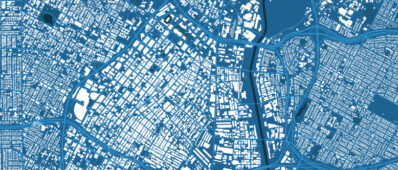Abstract
This paper examines the spatial pattern of worker residences with three different density functions: monocentric, polycentric, and dispersive. Analysis of the 1980 journey-to-work census data for the Los Angeles region reveals that the polycentric density function statistically explains the actual distribution better than the monocentric density function, but the dispersive density function fits best. These findings confirm a polycentric spatial pattern, and also imply that overall accessibility to employment opportunities is the primary determinant of residential location choices.



